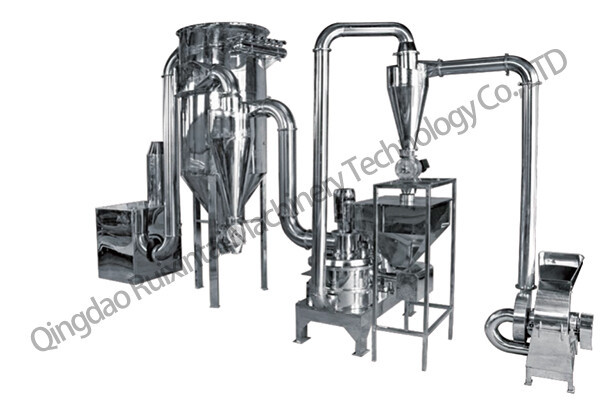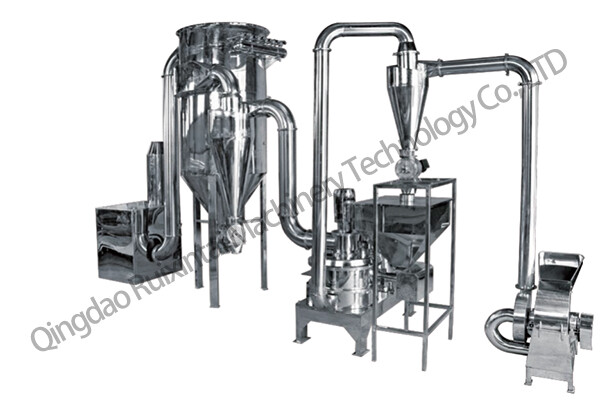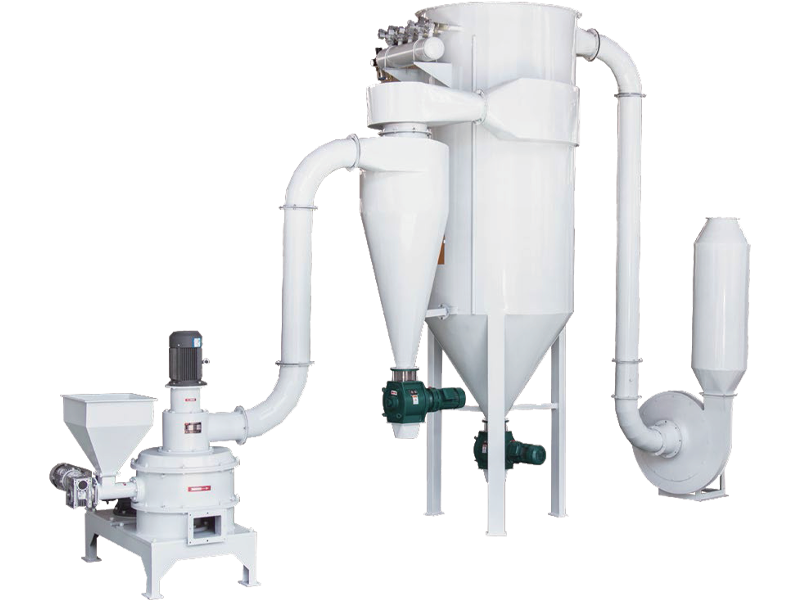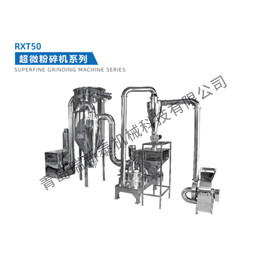
The machinery used to accomplish these processes, when requiring replacement, still holds residual value and is collectively referred to as chemical equipment. (1) Chemical machines: These refer to machinery where the primary functional components are moving parts, such as various types of filters, crushers, centrifuges, rotary kilns, mixers, rotary dryers, and fluid transport machinery, among others. (2) Chemical equipment: These refer to machinery where the primary functional components are stationary or have very little movement, such as various containers (tanks, vats, kettles, etc.), ordinary kilns, towers, reactors, heat exchangers, ordinary dryers, evaporators, reaction furnaces, electrolytic cells, crystallization equipment, mass transfer equipment, adsorption equipment, fluidized bed equipment, ordinary separation equipment, and ion exchange equipment. The classification of chemical machinery is not strict. Some fluid transport machinery (such as pumps, fans, and compressors) is often referred to as chemical machinery in the chemical industry, but at the same time, they are also general-purpose machinery in various industrial production processes. The design and manufacture of modern chemical equipment, in addition to relying on the development of mechanical engineering and materials engineering.
Related Suggestion
Online Message
CONTACT US
Please use the form below to get in touch.
If you need a reply we will get in touch as soon as possible.



